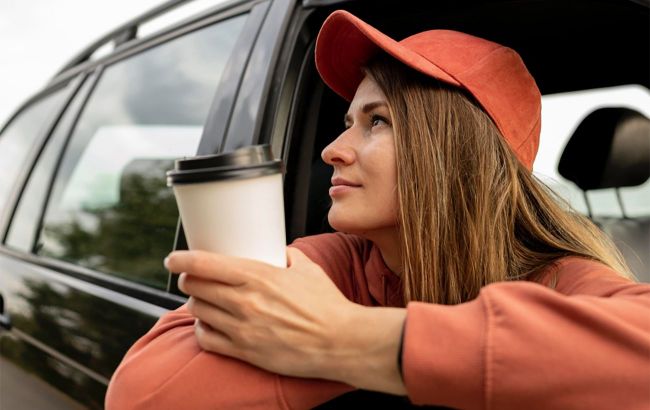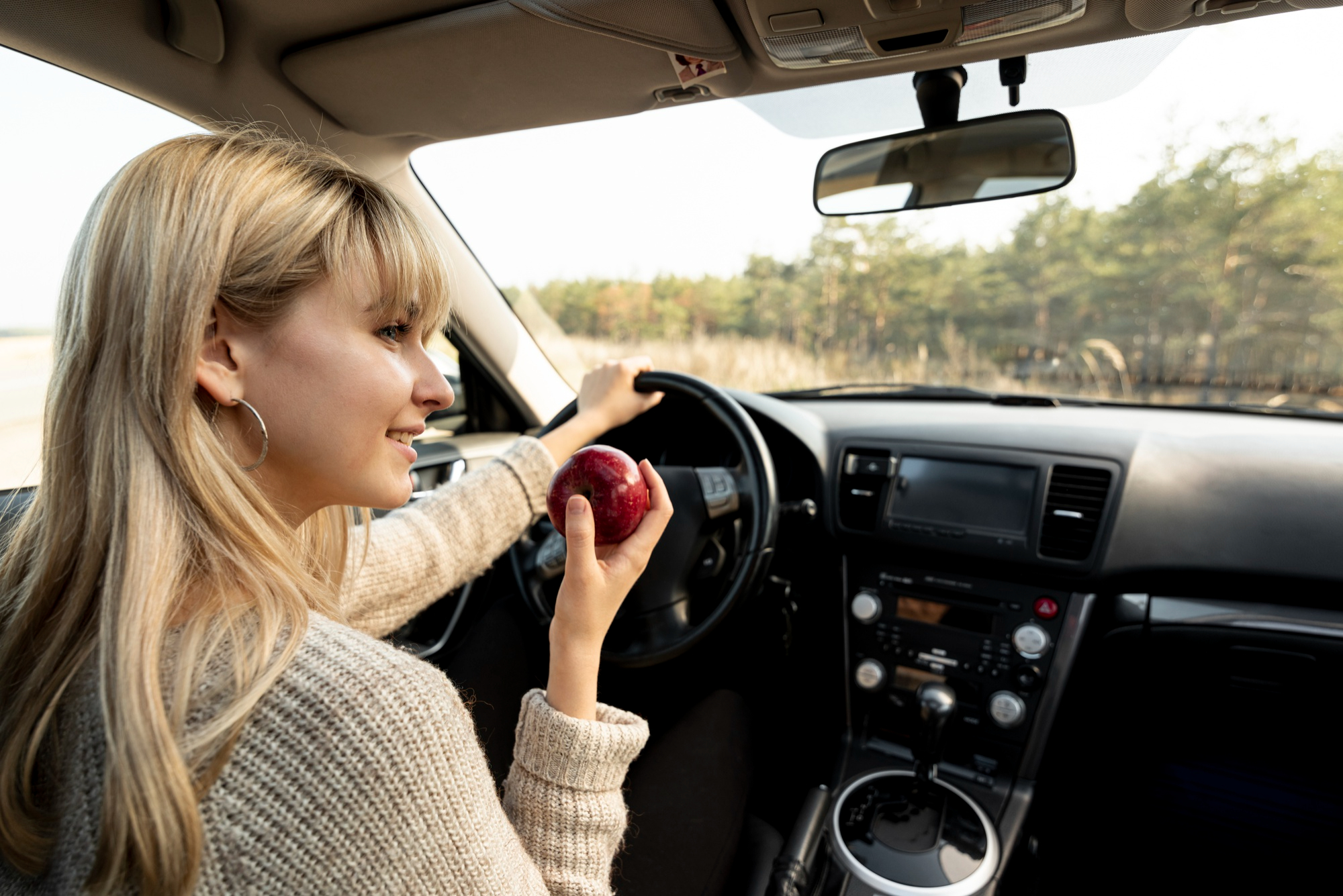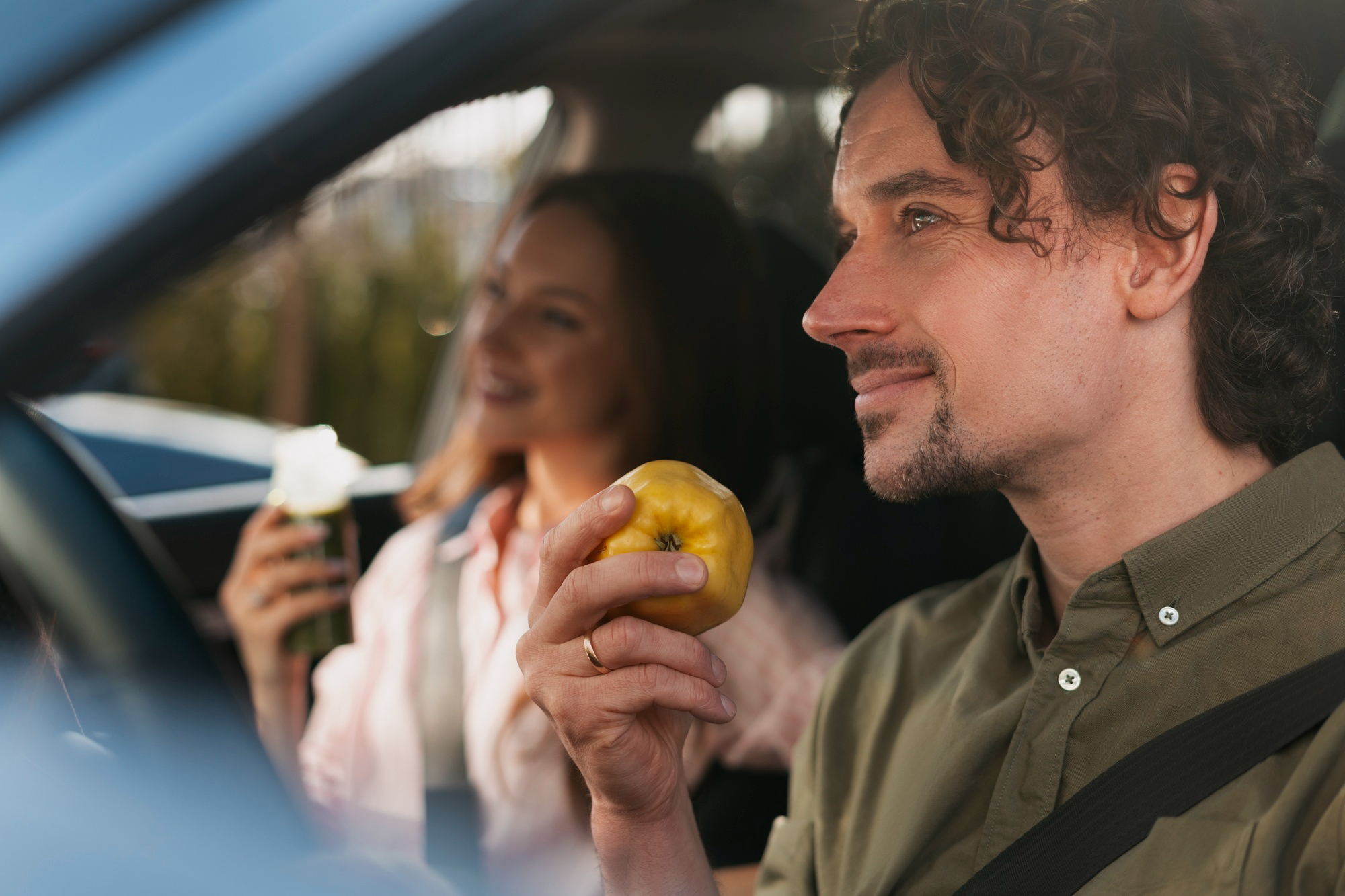Food and drinks for long car trip: Top 5 key tips
 Illustrative photo (Freepik)
Illustrative photo (Freepik)
A long journey alters our daily routines, including our eating habits. With the current level of roadside services, this wouldn't be much of an issue, but there's still the factor of how the menu affects the driver. Below are some essential tips on proper driver nutrition during long trips to maintain alertness and avoid accidents.
Sources used in preparing this article: Autobild and Autocentre.
This article won't delve into catastrophic situations involving complete digestive system breakdown. Instead, it focuses on more typical issues—consumption of foods and products that subtly, silently sap the driver's ability to safely operate their vehicle. And let's be clear: sticking to the standard three-meal-a-day routine—breakfast, lunch, and dinner—during a long journey simply won't cut it.
Don't overeat
Excessive portions of tasty treats will start to weigh down the entire crew within just thirty minutes, including the driver and the one riding shotgun. Moreover, the tried-and-true remedy of coffee doesn't always work as expected. So, the first rule: avoid overeating on the road. It's actually quite simple if you follow rule number 2.
Don't starve
Nutrition experts suggest that drivers need more than just three traditional meals—breakfast, lunch, and dinner. The issue is that long breaks between meals cause blood sugar levels to drop, resulting in decreased concentration. Additionally, there's a psychological factor: a hungry person, finally given access to food, tends to overeat. Therefore, during a journey, it's recommended to have a light snack between breakfast, lunch, and dinner, increasing the total number of meals to 5-6. Driving, despite its apparent simplicity, actually requires significant energy expenditure. To replenish it, a driver's menu should include meat, fish, grains, and legumes.

Choose light snacks
Snacks between main meals should light and low-calorie. This could include nuts, dried fruits, dried seafood, jerky, or snacks. Beverages like kefir or yogurt also work well. However, chips, candies, cookies, and other confectionery items are more harmful than helpful for drivers.
Opt for vegetables and fruits
Fruits and vegetables don't overload the body with excess fats. Instead, they contain beneficial fiber, which creates a feeling of fullness for some time. Apples, bananas, berries, among others, are quite convenient to eat in the car. As for citrus fruits, any dietitian will tell you that with their high vitamin C content, they increase efficiency and reduce fatigue.

Wash your hands
Cleanliness is key to health! The risk of picking up unfriendly bacteria is naturally higher in places where all kinds of travelers gather—gas stations, restrooms, cafes, smoking areas. So, wash your hands after contact with surfaces in public places and before eating. Also, don't forget about the convenience of antibacterial wet wipes.
Summarizing
Hopefully, you understand that improper eating on the road isn't just about stomach problems and frequent trips to the restroom or roadside bushes (though that's not the most fun thing at all). It's primarily a threat of dozing off at the wheel or losing focus after just a few hours of driving. So, when planning a journey of several hundred kilometers, don't rely solely on developed roadside infrastructure. Instead, think ahead about where and what you'll eat. Check the maps of gas station networks and find those with relatively healthy and hot meals available. And perhaps you'll discover that in addition to the three basic cafe or restaurant stops, you'll need to add two or three packs of snacks for those same mid-journey bites.

